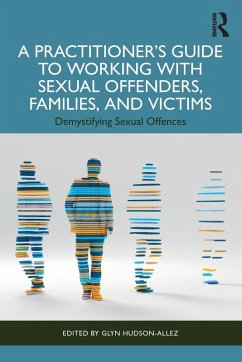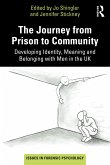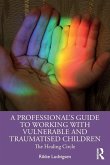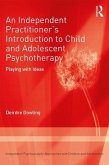This unique text aims to cover the many variations of presentations that a mental health professional needs to address in order to conduct effective work with sex offenders and alleged offenders, their victims, as well as their families and children.
The book is divided into three sections. It commences with an overview of the criminal justice process and its ramifications, not just for the alleged offender, but also for the wider family and friends who may feel totally out of control over what is happening in their lives, as well as for the victim. It also covers the secondary victimisation of the children of alleged offenders. The next section is designed to take some of the fear out of working with these clients, looking at unexpected specific issues that may be presented with these clients, how to address the client's trauma history, and how to support them on their journey through the criminal justice system. Chapters include working with non-offending partners, within minority groups like those within the neurodivergent or LGBTQIA+ communities, with women who commit offences, as well as with children and adolescents. Section three covers some of the therapeutic ethical dilemmas within this work, including supervision, confidentiality, safeguarding, and disclosure. Each chapter in the book is written by an experienced, hands-on therapist, giving voice and humanity to their clients.
This book is designed for all the mental health workers who find the ubiquitous issue of sexual abuse, in all its forms, coming through their office door.
The book is divided into three sections. It commences with an overview of the criminal justice process and its ramifications, not just for the alleged offender, but also for the wider family and friends who may feel totally out of control over what is happening in their lives, as well as for the victim. It also covers the secondary victimisation of the children of alleged offenders. The next section is designed to take some of the fear out of working with these clients, looking at unexpected specific issues that may be presented with these clients, how to address the client's trauma history, and how to support them on their journey through the criminal justice system. Chapters include working with non-offending partners, within minority groups like those within the neurodivergent or LGBTQIA+ communities, with women who commit offences, as well as with children and adolescents. Section three covers some of the therapeutic ethical dilemmas within this work, including supervision, confidentiality, safeguarding, and disclosure. Each chapter in the book is written by an experienced, hands-on therapist, giving voice and humanity to their clients.
This book is designed for all the mental health workers who find the ubiquitous issue of sexual abuse, in all its forms, coming through their office door.









